QuestionHelp! my anole lizard has two large bumps on either side of his neck. What is wrong!He seems mostly normal and is eating well. I touched the bumps and there not sensitive. I would like your answer on this.
AnswerHi Theresa,
Sounds like your anole may have thyroid problems or abscesses. You need to have a vet check out your anole so that the proper diagnosis and treatment can be given. Here is a link to an anole with lumps, which in the case shown are abscesses. http://www.reptilerooms.com/Sections+index-req-viewarticle-artid-38-page-1.html
I've also included a basic care sheet on anoles as that another possibility for the lumps(since I can't see the ones on your anole) is metabolic bone disease from lack of proper uvb. MBD can cause swelling in the jaw and other joints.
Adult anole size is up to 9 inches.
Males generally have a larger dewlap than females. Males are larger than females. Males have a brighter, larger red throat,Females MAY keep the stripe down their back. Mature males have a hemipenes bumps on either side of their tail base.I believe anoles are considered mature when they reach about 5 inches snout to tail tip length.
TEMPERATURES:
They need a basking area temperature gradient of 85-93 degrees. These temperatures are needed to properly digest their foods. The basking area is one area of their cage. The overall or ambient temperature of their tank gradient upper 70-s to 80 degrees. 75 degrees for a cool area. Temperatures of 65-75 at night is fine. NEVER use heat rocks or heat caves for Anoles!! They malfunction and will cause death to the anole.
LIGHTING:
Anoles need UVB, which is the special lights
that come in fluorescent tubes
UVB is needed by the anoles
to be able to absorb the calcium in the foods they eat.
With out the uvb, they will develop metabolic bone disease.
With the tubes, they must say that they produce BOTH uvb and
uva. The uvb needs to be 5% or higher. Repti Sun 5.0 are
one of the best uvb tubes on the market.The "Iguana light" is the same tube, just different packaging. There is also a reptil sun 10.0 tube that is very very good. The repti glo 8.0's are testing out to be a great uvb source also. The 5.0 and 8.0 need to be positioned 6-8 inches over the anole so
that they get the uvb that is needed. The 10.0 can be 8-10 inches above the Anoles level. The tubes need to be replaced every 6-9 months as that they stop producing uvb long before they stop producing light.
There are tubes
that say ''full spectrum'' but they do not produce any uvb.
Do not use the coil, compact or circle lights as that they have been causing eye problems in many reptiles.
For daytime heat, if using the tube uvb, regular household
incandescent lightbulbs produce heat. The wattage will
depend on the size of your anoles enclosure. At night you need to provide a heat source in the form of a ceramic
heat emitter(which can also be used during the day) or a
special nighttime bulb(red or deep purple) that does not
produce any bright white light if the temperatures drop below the recommended night temperatures.
DIET:
Anoles eat daily. They are insectivores. Their food must not be too big for them (no larger than 1/2 the size of their head. All insects that are fed to them must be properly gut loaded for at least 48 hours before feeding them. Crickets, silk worms,trevo worms, wax worms are all part of their varied diet. Many will even eat babyfood fruits and possibly the meats. They are used as treats(once or twice a wk) and are wonderful for hydration. The Gut loading is feeding the insects a nutritious diet prior to feeding the insects to the anoles. This can be accomplished with feeding a recommended "diet" for the insect. ( http://www.anapsid.org/feedingbugs.html ) The crickets can be fed vegetables and cereals. Chicken laying mash is a good choice of food for the crickets as are other commercial foods designed for crickets.Their food needs to be dusted with calcium powder (rep cal calcium with no added phosphorus or vitamin D3 is a good brand) two times a week. Some may eat a bit
e or two of fruit. A vitamin should be used once a week. Rep Cal Herptivit is a good brand. Be sure to remove any crickets your anole has not eaten after 20 minutes or so to prevent the crickets from nibbling on your anole. Keeping your crickets well fed will help prevent this.
HOUSING:
A 20 gallon tall or larger tank or mesh vivarium is recommended for an Anole. As with almost all reptiles, its best to house them separately. Males can NEVER be housed together as they will fight over territory. Females MAY get along, but doesn't always happen.
Provide several basking branches and plants (silk and plastic)for your Anole. Be sure that all plants and branches are well anchored. For substrate(flooring) the best is plain unprinted newspaper or paper towels... its cheap and easy to clean..and the best part is its safe. Paper towels and lizard carpeting may also be used. Some of the soil mixes are ok to use also.
Stress is the usual cause of an anole turning brown. Stress with them can be caused by incorrect temperatures, other animals that they see, incorrect or no uvb, housing problems (not "natural" enough for them with plenty of plants, etc) housing two males together, (or just two that do not get along)tank not large enough ( for two anoles(male and female or possibly two females)
WATER:
Their water consumption is from dripping leaves. Misting the tank is important. Humidity needs to be in the 60-70 % range. Be sure to provide a small dish of fresh drinking water daily.
This is by no means a complete caresheet on anoles. Please be sure to check out the following link for more in-depth anole care.
http://www.kingsnake.com/anolecare/5.htm
Also, its a good idea to find a Vet before one is actually needed. Reptiles need vets that are trained to treat them. You can find a vet in your area by going to
http://www.anapsid.org/vets/
http://www.arav.org/Directory.htm

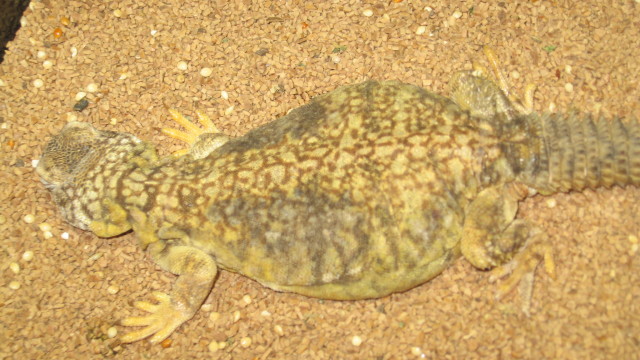 Thermal burns on uromastyx
Question
thea
hello i have a three year old uro and i t
Thermal burns on uromastyx
Question
thea
hello i have a three year old uro and i t
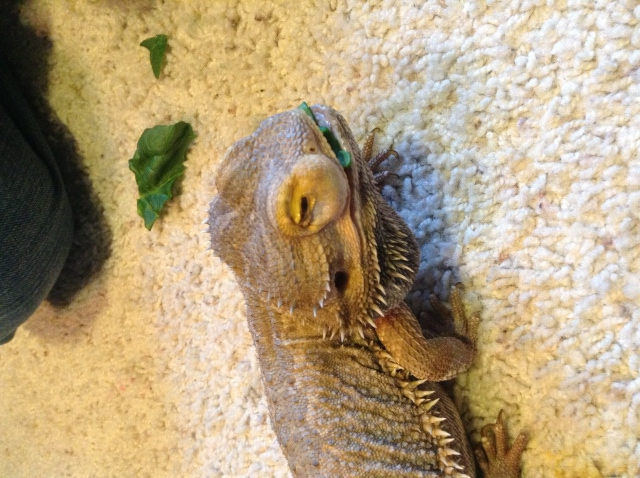 Rex hypovitaminosis A
Question
Rex Rex
This is the picture of hi
Rex hypovitaminosis A
Question
Rex Rex
This is the picture of hi
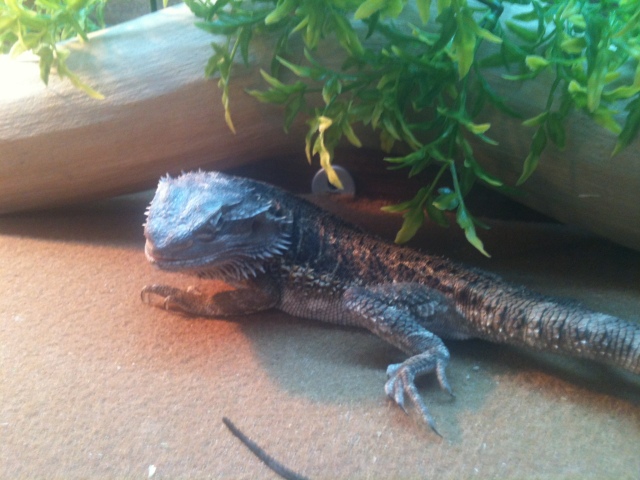 bearded dragon ill
Question
izzy
hi i have ordered a reptisun 10.0
bearded dragon ill
Question
izzy
hi i have ordered a reptisun 10.0
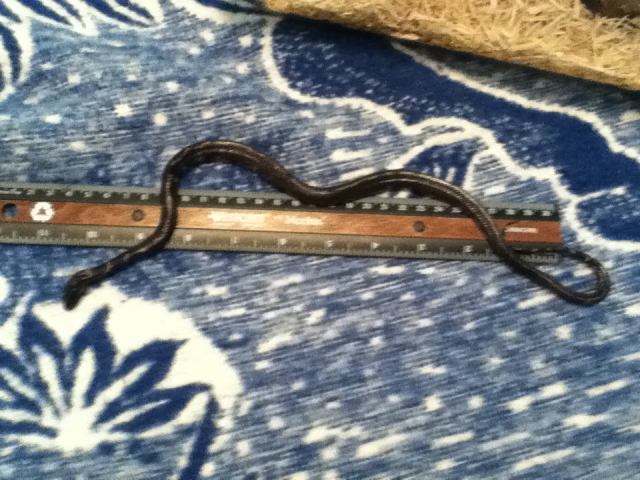 KING SNAKE MENTAL PROBLEMS
QuestionQUESTION: -Baby Baja king snake(8 months, 2 fee
KING SNAKE MENTAL PROBLEMS
QuestionQUESTION: -Baby Baja king snake(8 months, 2 fee
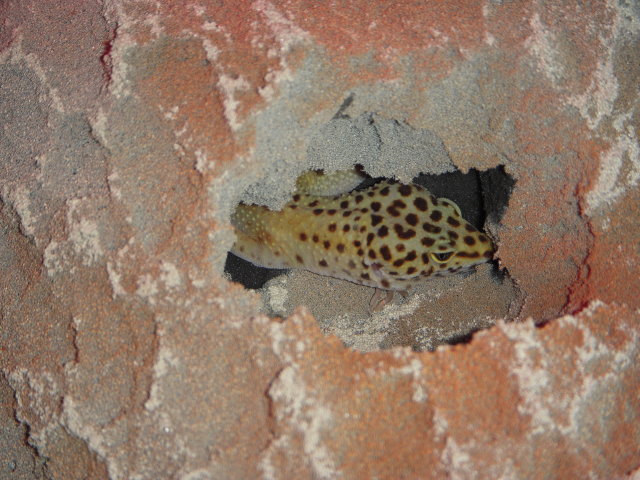 New 2 Leos
QuestionQUESTION: Hello Tracie,
I recently (four days
New 2 Leos
QuestionQUESTION: Hello Tracie,
I recently (four days